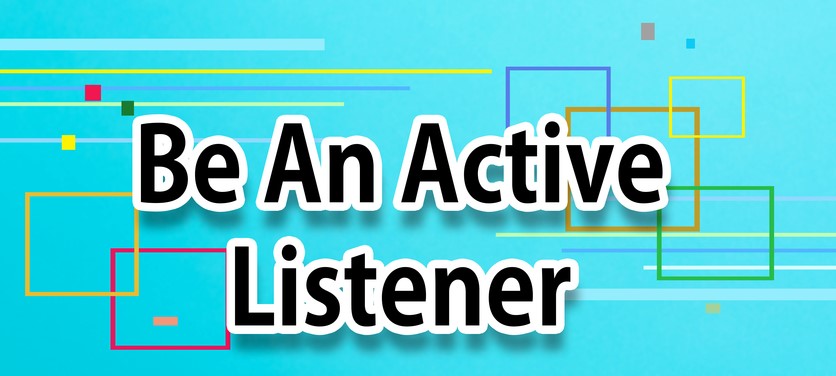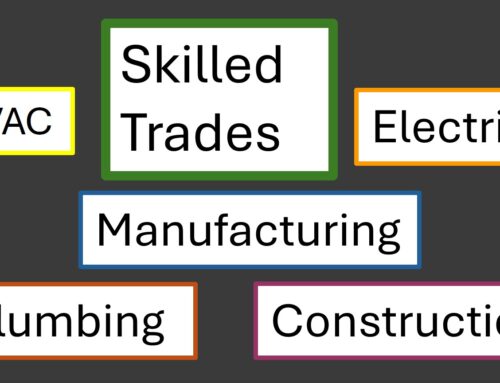
From your toddler’s chatter after dinner to your favorite talk show to the project manager’s memo –listening is something you do every single day. All the time. Statistics show:
- 85% of what we know is learned through auditory processing
- 45% of a typical workday is spent listening
However, studies also show that we listen at only a 25% comprehension level. That means we only retain 1/4 of what we hear. One of the biggest reasons for this statistical gap is that we’re not actively listening.
But active listening is an important life skill and tool. Even more so as a leader within your company.
- Active listening shows empathy. Empathy builds trust-filled relationships, which in the workplace inspire innovation, productivity, and loyalty from employees.
- Active listening provides insight and knowledge. The more successful you and your company are, the more critical it is to listen to wisdom around you, staying in touch with the ebb and flow of the industry.
- Active listening protects relationships. However, not listening well leads to misunderstanding, which can turn to a communication breakdown rapidly, which then causes relationship damage. A few damaged relationships can take out a whole company.
- Skilled trade jobs are often labor-intensive and sometimes dangerous. Active listening to feedback and being aware of what’s happening around you could potentially save or protect a life.
5 Tips for Active Listening
Active listening is a skill that demonstrates to the speaker that you hear them and understand and acknowledge them. Here are some tips to help you be a better active listener.
- Stay Focused
It’s easy to be distracted by our thoughts. But be intentional t0 shut off the voice in your head. Don’t formulate a response before they’re done speaking. Instead, pay attention to their words, body language, and tone. Make and maintain eye contact!
- Demonstrate Your Attention
Be mindful of your body language. Standing or sitting in a way that communicates your engagement also helps you stay focused. Encourage them to continue with affirming nods, encouraging smiles, and an occasional “Uh-huh” or “I hear you.” It doesn’t mean you agree with them, but that you acknowledge them and what they’re saying.
- Don’t Interrupt
Our brains want to solve problems and jump to solutions –even while someone is still talking. It’s tempting to interject and interrupt. Don’t do it -it’s poor manners. Plus, it holds up your ability to truly understand what the speaker is trying to communicate without receiving the whole message.
- Ask Clarifying Questions
Do your part to understand the speaker by asking good, clarifying questions. Repeat back to them what you are understanding them to say. Questions like, “What I’m hearing is…?”, “Do you mean that….?” or “I’m not sure I understand. Can you clarify?” It will help you gain insight and engages the speaker.
- Be Genuine (But Kind)
It’s important to respond appropriately. Be honest. You may not agree, or you may have additional information, but be kind and respectful. Being unkind gets you nowhere in good communication — or leadership.
At Gillmann Services, we want you to know that “We work for you!” With a focus on skilled trades, we believe supplying you with top-tier, skilled talent is essential. Our goal is to match you with the talent you need. Call today, and let’s get started!






